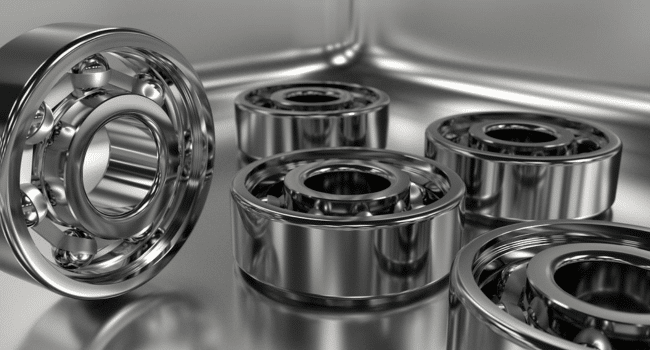Table of Contents
The marine industry faces numerous challenges when it comes to casting components that must withstand harsh environments. High-quality castings are essential for ensuring the durability and efficiency of marine vessels. To address these challenges, custom marine casting solutions are necessary to meet specific requirements and deliver performance reliability.
Marine casting involves the creation of metal parts that are critical to the functioning of ships, submarines, and other maritime equipment. These components must endure corrosive saltwater environments, heavy operational loads, and extreme weather conditions, making the casting process complex.
Understanding the Unique Challenges
The harsh marine environment poses significant difficulties. Saltwater exposure leads to corrosion, necessitating materials and coatings that can resist rust over prolonged periods. Consequently, material selection plays a crucial role in improving the lifespan of marine castings. Furthermore, the intricate shapes and sizes of components add complexity to the casting process.
Another challenge is the demand for lightweight yet strong components. Weight reduction is critical for enhancing the fuel efficiency of marine vessels. However, achieving a balance between weight and strength requires innovative casting techniques and advanced materials.
Innovative Solutions
To overcome these challenges, the adoption of cutting-edge technology in casting processes is crucial. Advancements in metallurgy and manufacturing processes have enabled the production of custom castings that meet the specific demands of the marine industry. For instance, sophisticated design software allows engineers to simulate and optimise the casting process before actual production.
The availability of the fastest custom steel casting solutions in marine industry ensures that components can be delivered promptly, adhering to tight project timelines without compromising on quality. This capability is vital for shipbuilders and marine engineers who require quick turnaround times.
Corrosion-Resistant Materials
One of the most effective ways to tackle corrosion is by using materials that inherently resist rust. Alloys such as aluminium bronze and stainless steel are commonly used for marine castings due to their superior corrosion-resistant properties. Additionally, applying protective coatings or surface treatments can further extend the lifespan of these components.
Advanced Manufacturing Techniques
Advancements in manufacturing techniques have revolutionised marine castings. Methods such as 3D printing, investment casting, and precision casting have improved accuracy and quality. These processes allow for the production of intricate shapes and complex geometries that traditional casting methods cannot achieve.
Quality Assurance and Testing
Ensuring the integrity of marine castings involves rigorous quality assurance and testing protocols. Non-destructive testing methods, including ultrasonic testing and radiographic inspection, are used to detect internal flaws and ensure components meet stringent industry standards. This level of scrutiny is essential to prevent failures that could lead to costly repairs and operational downtime.
Customisation and Tailored Solutions
The need for custom castings for erosion control in maritime industry has driven manufacturers to provide bespoke solutions tailored to client specifications. By collaborating closely with clients, engineers can design and produce components that meet precise requirements, enhancing performance and functionality.
Cost Implications and Efficiency
While custom solutions may incur higher initial costs, the long-term benefits and efficiency gains often outweigh the investments. Reduced maintenance and enhanced operational reliability contribute to overall cost savings. Efficient production processes also minimise material waste, leading to more cost-effective manufacturing.
Environmental Considerations
The push towards sustainable practices has prompted the marine industry to adopt eco-friendly casting techniques. Using recyclable materials and minimising waste through efficient practices aligns with environmental regulations and reduces the ecological footprint of marine operations.
Future Outlook
Looking ahead, the marine casting industry continues to evolve with technological advancements and a focus on sustainability. Innovations in material science and manufacturing processes will further enhance the quality and performance of marine castings. Collaboration between casting specialists and marine engineers will be pivotal in overcoming future challenges and driving the industry forward.
Conclusion
In conclusion, the challenges faced in marine casting are intricate, involving diverse factors such as corrosion resistance, material strength, and customisation. By leveraging advanced casting technologies and materials, the industry can deliver high-quality, durable solutions that meet the demanding requirements of maritime environments. As the industry progresses, ongoing innovation and collaboration will be key to navigating the complexities of marine casting.
